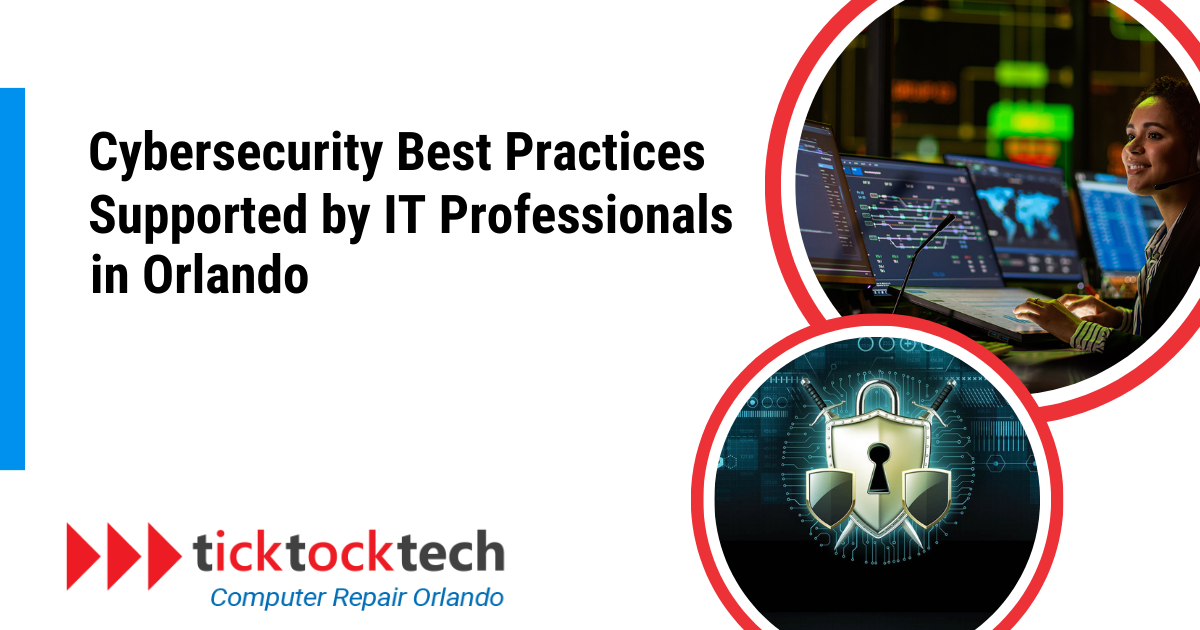Cybersecurity is more than just a buzzword; it’s a critical component of modern life. From protecting your personal data to safeguarding your organization’s sensitive information, the importance of cybersecurity cannot be overstated. In this article, we will explore the world of cybersecurity, its benefits, the different types of cyber threats, the challenges faced, and the best cyber practices supported by IT professionals to keep your digital world secure.
What is Cyber Security?
Cybersecurity refers to the practice of protecting systems, networks, and data from digital attacks, theft, and damage. It comprises a wide range of technologies, processes, and practices that ensure the confidentiality, integrity, and availability of information.
The Importance of Cyber Security
The digital age has brought numerous conveniences, but it has also exposed individuals and organizations to many cyber threats. The importance of cybersecurity lies in its role as a shield against these threats, which can have devastating consequences. Whether you’re an individual or a business owner, here are some reasons why cybersecurity is vital:
- Protecting Personal Information: Cybersecurity safeguards your personal information, including financial data, medical records, and more. The loss of such information can lead to identity theft and financial ruin.
- Safeguarding Business Assets: For businesses, cybersecurity protects sensitive company data, intellectual property, and customer information. A breach can result in financial losses, lawsuits, or reputational damage.
- Ensuring Operational Continuity: Cyberattacks can disrupt business operations, leading to downtime and lost revenue. Cybersecurity measures also help ensure that operations run smoothly.
- Preserving Privacy: Additionally, cybersecurity maintains your online privacy, shielding you from invasive tracking and surveillance.
Types of Cyber Threats
Cyber threats come in various forms, each with its own specific aims and tactics. Here are some common types of cyber threats:
- Malware: Malware is a broad term for various types of malicious software, including viruses, worms, Trojans, and spyware. These programs are designed to infiltrate, damage, or steal information from a computer system.
- Phishing: Phishing attacks involve tricking individuals into revealing sensitive information, such as login credentials or financial details, by impersonating a trustworthy source. Furthermore, these attacks often use email or social engineering techniques.
- Ransomware: Ransomware encrypts a victim’s files and demands a ransom to unlock them. Paying the ransom provides no guarantee of regaining access to the data, making it a dangerous threat.
- DDoS Attacks: Distributed Denial of Service (DDoS) attacks flood a target website or network with traffic, overwhelming it and causing service disruptions.
- Insider Threats: Insider threats occur when individuals within an organization misuse their access to compromise security. This could be intentional or accidental.
Cybersecurity Best Practices to Know
Effective cybersecurity best practices, supported by IT professionals, are essential for maintaining a robust security posture. Here are some crucial strategies to keep in mind:
1. Regular Audits and Assessments
Regularly conduct audits and security assessments of your systems, networks, and applications. These evaluations will identify weaknesses and areas that may need attention.
2. Employee Training and Awareness
Invest in comprehensive training programs for employees to raise awareness about cybersecurity. Informed employees are more likely to recognize phishing attempts, follow security protocols, and avoid actions that could compromise security.
3. Intrusion Detection Systems (IDS)
Implement Intrusion Detection Systems to monitor your network for suspicious activities or potential threats. Moreover, IDS can automatically flag and respond to anomalies to enhance your security posture.
4. Incident Response Plan
Develop and regularly update an incident response plan. This plan outlines the actions to take when a security breach occurs. Furthermore, a well-defined strategy can prevent cyberattacks and minimize downtime.
5. Regular Data Backups
Frequent data backups are crucial to protect against data loss caused by cyber incidents. Establish a robust backup system and schedule automatic backups to ensure data recovery is possible in the event of an attack. It’s also essential to test data restoration procedures to verify their performance.
6. Patch Management
Maintain a proactive approach to patch management. Promptly apply security patches and updates to your operating systems, software, and applications. Cybercriminals often target known vulnerabilities, so keeping your systems up to date is a critical defense.
7. Strong Authentication
Enforce the use of strong authentication methods, such as Multi-Factor Authentication (MFA), for accessing critical systems and data. This adds an extra layer of protection, making it significantly harder for unauthorized individuals to gain access.
8. Secure Configuration
Follow security best practices when configuring your IT systems. This includes limiting user privileges, disabling unnecessary services, and using encryption to protect data in transit and at rest.
9. Ongoing Monitoring
Continuously monitor your network for signs of unusual or suspicious activity. Early detection allows for a swift response, minimizing potential damage and loss.
10. Vendor Risk Management
Evaluate the security practices of third-party vendors and partners who have access to your data. Also, ensure that they meet your cybersecurity standards to prevent vulnerabilities from external sources.
Cybersecurity Best Practices
Cybersecurity is a critical aspect of the digital world, with far-reaching implications for individuals and organizations. By adopting cybersecurity best practices and staying informed about the evolving threat landscape, you can protect your digital assets and maintain a secure online presence. The collaboration of IT professionals and users is essential in the ongoing battle to secure the digital realm.
If you’re in need of the best cybersecurity help in Orlando, USA, contact your trusted IT support company, TickTockTech. Our dedicated team of experts is ready to provide you with the cybersecurity solutions you need to stay safe in the digital age. Your security is our priority, and we’re here to assist you every step of the way.

